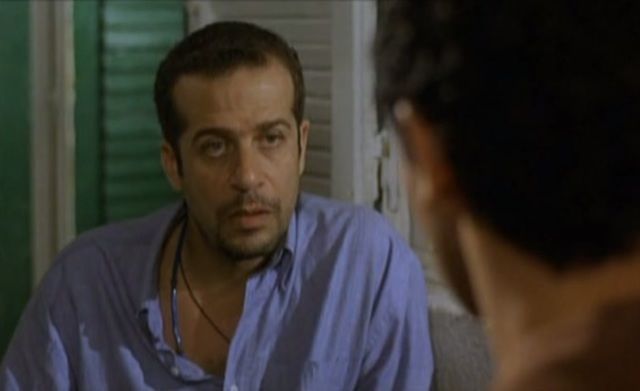With TikTok buzzing with advice from self-proclaimed psychologists, attachment theory—especially the idea of avoidant attachment—has become a hot topic. What was once a useful psychological concept is now being used to justify behaviours like ghosting and being ignored for days. So, how do you figure out if your partner’s avoidance is a real issue or a sign they’re just not that into you?
What Is Avoidant Attachment?

Avoidant attachment is when someone feels uncomfortable with emotional closeness and craves independence. Some people see it as just a quirk, while others think it’s a relationship challenge; the truth is there is a fine line between both.
Ghosting and Avoidance

People with avoidant attachment often pull away when they feel someone is getting too close to them. This can lead to ghosting—disappearing without a word. While this behaviour can stem from their defence mechanism, it doesn’t mean it’s okay or that it doesn’t hurt their significant other.
Dealing with Avoidant Partners

Relationships with avoidant partners can be tricky. It’s important to understand that while avoidance can be challenging, it shouldn’t be an excuse for disrespect or disappearing acts. A healthy relationship involves mutual effort and respect. If avoidance is just a cover for bad behaviour, it’s time to have a conversation and set some boundaries.

In the end, understanding each other’s attachment styles can help, but both partners need to work together to build a respectful and supportive relationship.







